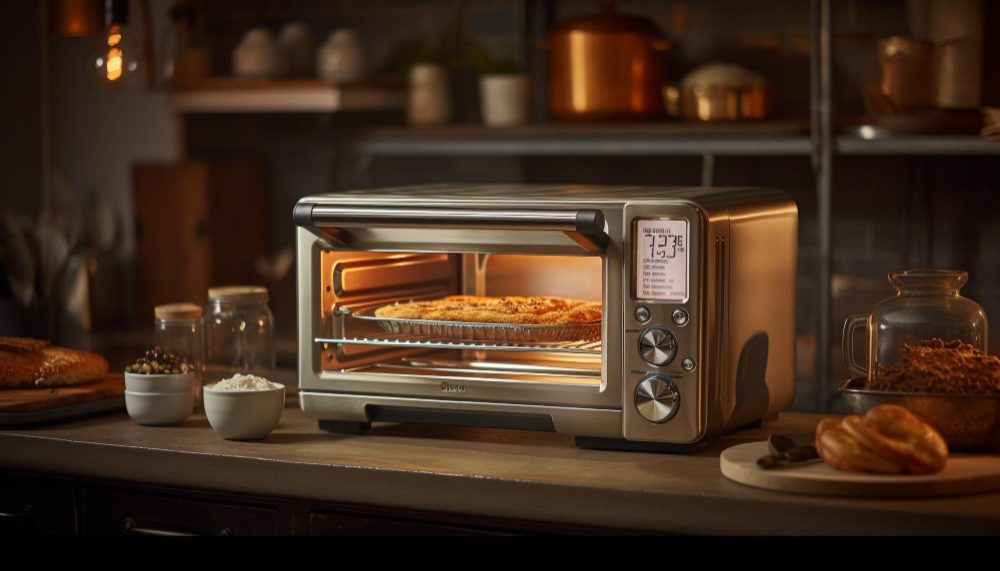A recent reel about motion snacks attracted a lot of comments from people who think microwaves are dangerous.
I was surprised that this belief still exists, so I recovered this text from our Chef Sapiens recipe book .
Heat is the great transforming mechanism in the kitchen.
However, we have been inventing more effective ways to produce this heat . For thousands and thousands of years, fire was the main generator of heat. We obtained it first by burning wood and later charcoal.
More recently we learned to use gas and eventually electricity.
At the beginning of the 20th century, the first electric ovens appeared, but they were expensive and impractical.
Within a few decades, however, they became increasingly popular, and fire was becoming less and less common in kitchens.
The origin of the microwave.
In World War II, Percy Spencer was experimenting with different technologies to improve the performance of radars. In his work he used magnetrons , devices that transform electrical energy into electromagnetic waves.
One morning, while operating these machines, he noticed that the chocolate bar he kept in his pocket melted. He then brought an egg and corn kernels to the magnetron. The egg was cooked to perfection and the corn kernels turned into popcorn.
From these experiments, Spencer built a simple prototype aimed at heating food, consisting of a magnetron and a metal box to trap radiation. He verified that, indeed, the food placed in the box heated up quickly.

Is the Microwave Dangerous: Know From Experts.
In a few decades the microwave became a centerpiece of many kitchens.
Although many people continue to fear its radiation, it is an unjustified fear. All objects, including fire or our own body, emit radiation. The light that surrounds us is radiation, and of course also radio or television waves.
What makes some types of radiation dangerous is their ionizing capacity. Microwave radiation is not ionizing, so it cannot modify genetic material.
Its waves heat food by interacting with its water molecules, which is why they do not raise the temperature of materials such as glass.
Except for some failure, radiation does not escape from the microwave, so there is no risk around it. Even if some radiation were to escape you would have to expose yourself for a long time and at close range to suffer any damage .
real danger.
The main risk of microwaves is not radiation, but the explosion of some food . Foods made up of parts with different cooking times, such as eggs in their shell, could burst due to steam pressure.
Another misconception about microwaving is that it reduces the nutritional value of food compared to other methods, but this is not true either.
Due to its operation, the microwave reduces the necessary cooking time and does not require water or oil, maintaining most of the nutritional properties of the vegetables .
It is undoubtedly difficult to achieve the textures that an oven or grill gives us with the microwave, but it is a matter of palate, not health.
How we reviewed this article:
Our team of experts is always monitoring the health and wellness field, ensuring that our articles are updated promptly as new information emerges. See Our Editorial Process
May 13, 2025
Written By: Nebadita
Reviewed By: Kim Ross
Written By: Nebadita
Reviewed By: Kim Ross

 Workout
Workout
 Meditation
Meditation





 Contact Us
Contact Us











